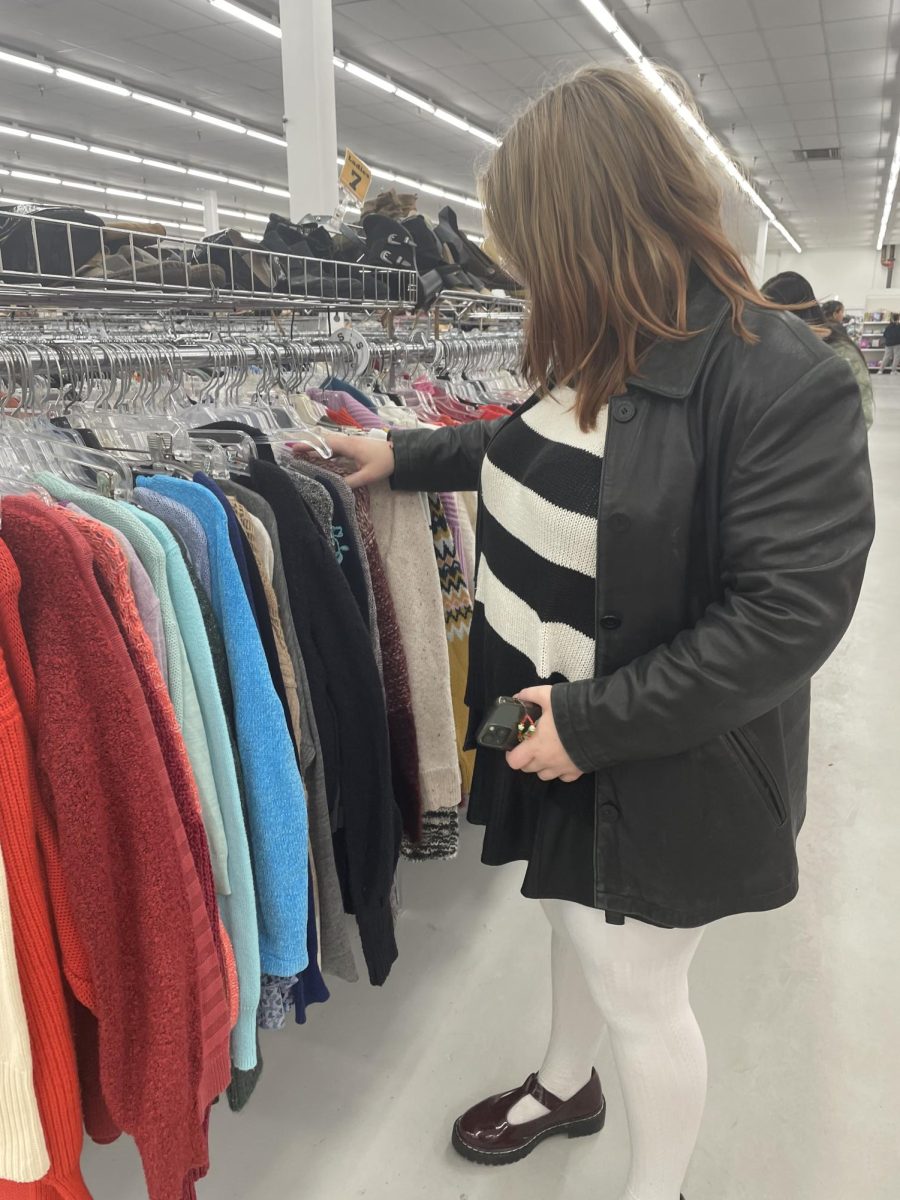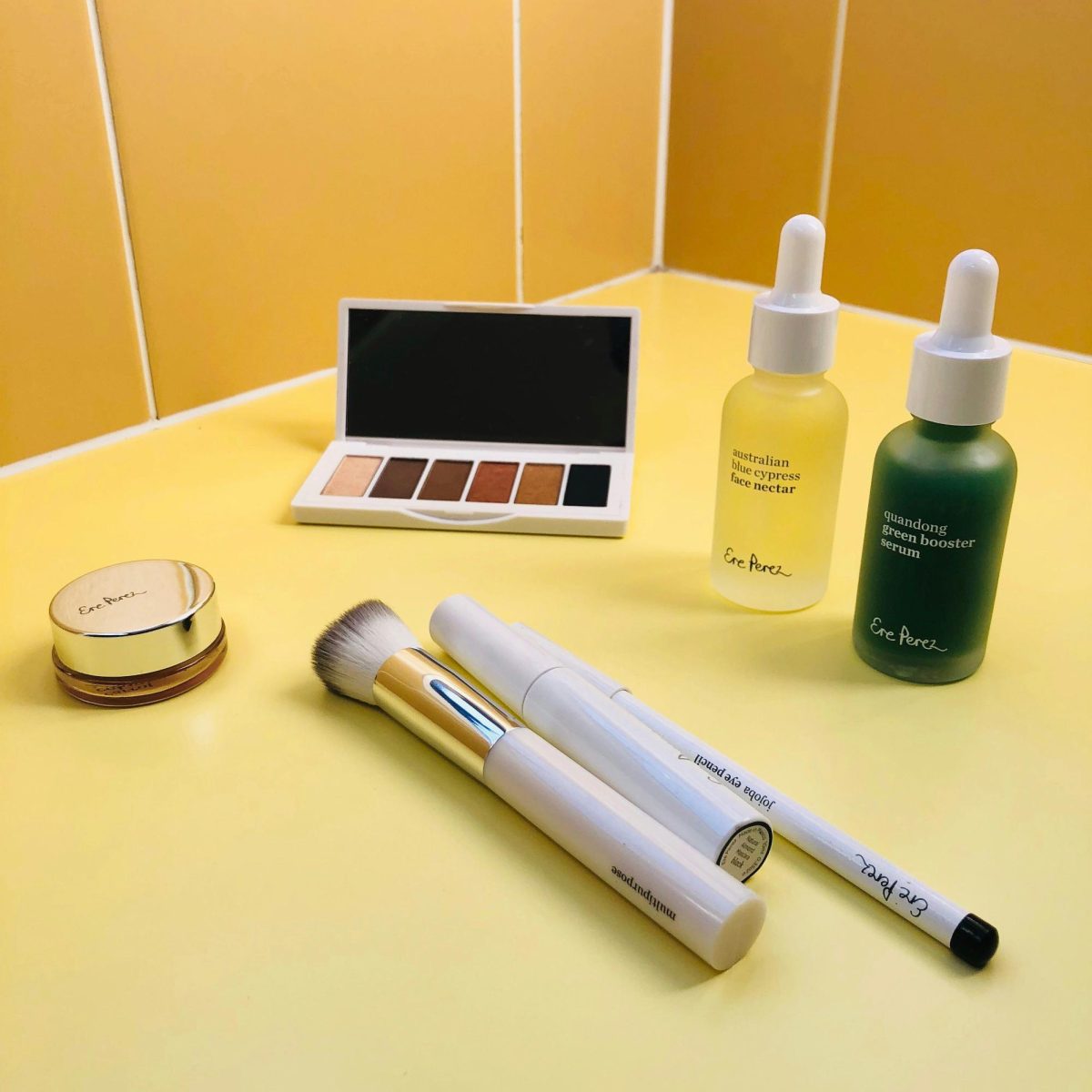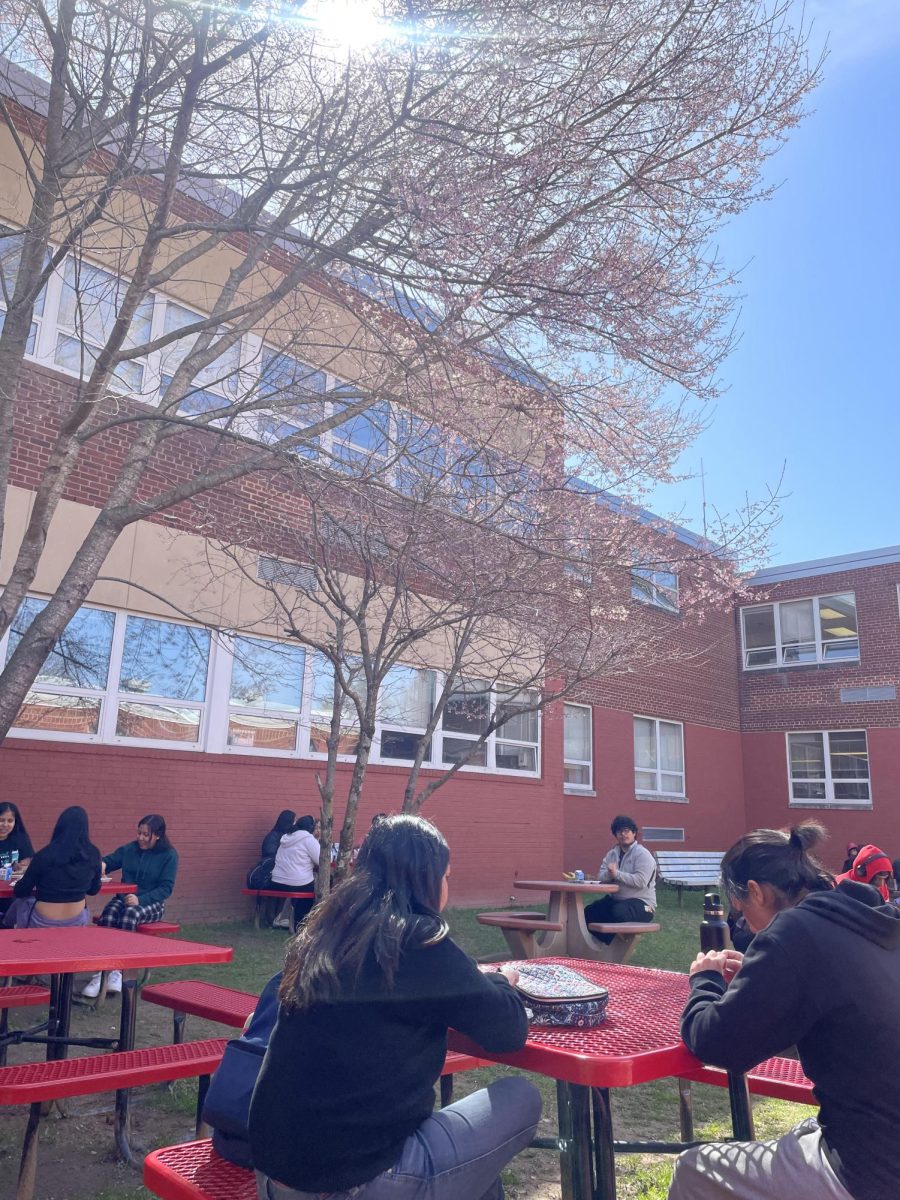As technology advances so does the amount of textile waste being produced every year. As of April 2023, 92 tons of clothing are put into landfills each year. That is about 87% of all clothing produced annually, according to BBC.
This waste has tremendous impacts on the environment and has inspired the growth of secondhand shopping, especially among Millennials and Gen Z who understand the exploitative nature of the fast-fashion industry.
Originally looked at as a way to decrease environmental impact with cheaper prices, thrifting has become a mainstream option for shoppers.
“When I go thrifting it makes me feel so excited because you never know what you are going to find, which makes the experience so much better,” sophomore Lilly Flores said.
The Borgen Project discusses how thrifting has been on the rise since the 1970s and has seen a substantial increase in interest among teens since the COVID-19 pandemic. During this time, microtrends became extremely popular and drove the craze of secondhand shopping as it was a convenient way to follow trends without spending too much.
The destigmatization of thrifting during this time, by Gen Z, was a result of social media influencers who made content sharing hauls and secret locations.
“My mom really got me into thrifting. But I would also watch TikToks of people thrifting and seeing what they got. Made me want to go thrift. Also Pinterest was a big thing as well. It helped me put outfits together or give me an idea of what to buy,” Flores said.
In addition to social media’s influence, resellers on online sites such as Depop, Poshmark, and Mercari sell vintage and secondhand pieces for much higher prices than in stores. These factors have contributed to the gentrification of thrifting, which has begun to exclude the lower-income demographic who were previously the primary consumers.
Not only does thrifting not provide price-friendly options anymore, but it is actually less eco-friendly than it might seem. About only 20% of donated items are actually sold in stores while the rest are either sent to landfills or shipped overseas. To help the community and protect the environment, donating directly to homeless shelters or clothing drives will be more impactful in helping with the problem of overconsumption than giving items to thrift stores.
Trying to reduce the number of items shoppers buy is thought to be a more viable option than completely fixing the fashion industry itself. There are several tech-options that are becoming available to combat this issue. According to Forbes, AI is currently being used to curate more personalized recommendations on online shopping websites.
Apps are now available that use AI to create an accurate 3D model of the customer that allows them to virtually try on clothing to get a better idea of how it will fit on their bodies. This is useful for reducing the number of returned items which for the most part end up in landfills.
Other tech is in the works that combat the problems created by the fashion industry. For example, in Hong Kong AiDLab has developed color-changing fabric which with the help of AI and tiny cameras is able to sense different gestures and change colors accordingly. This high-tech option may help to reduce the number of items bought, once this product is commercially available, as these pieces are highly customizable.
All consumers can help with the problems created by the fashion industry by being mindful while shopping in either secondhand or retail locations.
Taking into consideration one’s income and shopping at stores that support that budget, will help reduce the gentrification of the thrifting industry and keep stores price friendly for everyone. Fashion should be available to everybody no matter their income bracket. It is ultimately about creativity, not consumption.







